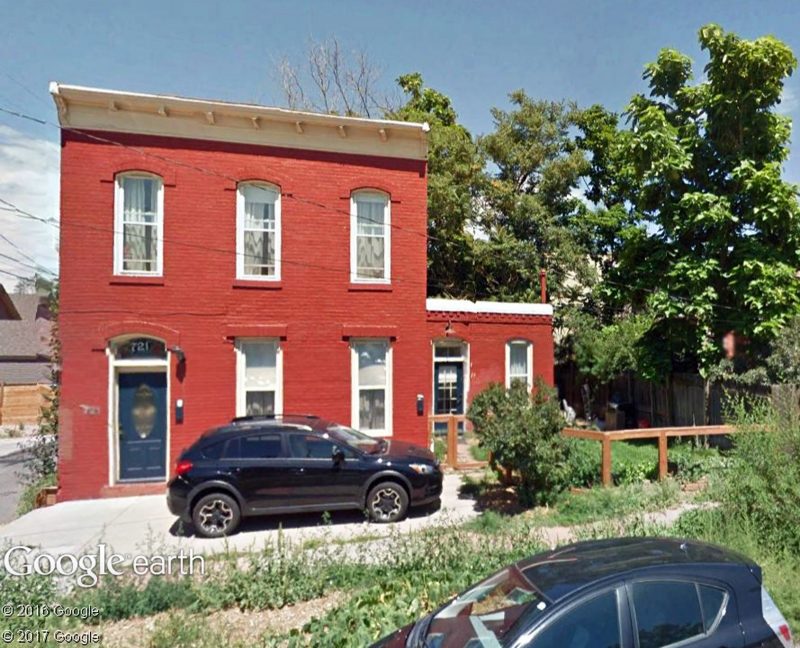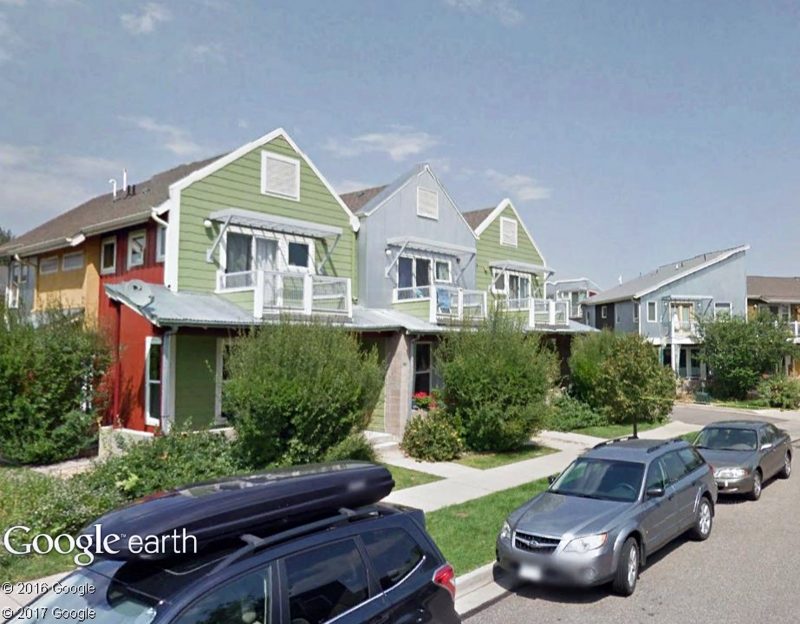When looking at community surveys from small towns and cities across the west, there’s a good chance you’ll see “small town character” (or something very similar) as a top characteristic that residents value about their community and very much want to preserve. The findings of our Place Value study echo this. We found “Overall quality of community” to be one of the most important factors that folks consider when looking for a place to live. Having grown up in a small town in Colorado I understand and appreciate this sentiment.
What exactly do people mean when they refer to “small town character?” It occurs to me that while small town character is something that people clearly value, when it comes time to put pen to paper it’s not that easy to define. At a very broad level, my sense is that small town character is a community where people don’t perceive there to be “big city” issues. What are “big city” issues? Well since we all perceive these issues in our own way, that’s a tough one to nail down. I’ve heard people state that they enjoy the small town charm of Golden, Colorado (pop. 18,867) while I’ve heard others state that Carbondale, Colorado (pop. 6,427) has grown too large. The common idiom “it’s all relative” comes to mind.
Instead of going down the rabbit hole of trying to define small town character, my objective is to offer another perspective on some of the common discussion points that arise when growth and density are discussed in the context of preserving small town character:
Growth in Small Towns
When I was younger I would scowl at those with California or Texas license plates in my hometown. Who were these people thinking that they could move to MY town? I perceived growth (which I know now comes from a variety of places, not just California and Texas) as a threat to my hometown’s small town qualities. I wanted to close the castle gates and keep anyone new from moving to where I lived.
As I’ve grown older, I’ve come to understand that growth is going to happen. For many communities in the west, that’s a fact, whether we like it or not. Recently, I heard a state demographer explain that Colorado added 100,000 new residents between 2015 and 2016. The demographer also mentioned that they expect continued growth in the state over the coming years. While much of this growth will likely be concentrated in the more urbanized areas along Colorado’s Front Range (e.g., Denver, Colorado Springs, and Boulder), there will undoubtedly be a number of people who trickle into the smaller communities in the state.
Growth doesn’t have to be a bad thing. New residents bring with them new ideas, skill sets, culture, disposable income, etc. But, growth needs to be planned for appropriately. Growth becomes problematic when a community takes the approach I wanted to when I was younger… a staunch no growth stance and misunderstanding the pressures of a growing populace.
When I say “growth needs to be planned for appropriately,” I mean that local leaders need to be proactive and work in collaboration with the community to develop strategies for accommodating growth. This approach towards growth includes: (1) Working with the public to help all parties better understand the realities of growth in a community and different options for accommodating growth; (2) Working with the public to develop plans/strategies to accommodate new growth, while at the same time preserving valued community characteristics; and (3) Creating policies and regulations that facilitate desired growth and prevent, or make difficult, undesired growth.
The alternative to a proactive approach is of course a reactive approach. This is one in which local leaders and the public find themselves working to wrap their heads around a project and its relation to community values on the fly. I would argue that the outcomes of this approach are often least desirable and least beneficial to communities. Given the growth/development pressures faced by some communities it is not all that uncommon for a community to find itself in a reactive position. With that said, I think it behooves communities to explore ways in which they can get out ahead of growth, even during busy times, and maintain a proactive stance.
Density in Small Towns
“You want to build how many units per acre?”
“That density isn’t appropriate here… This is a small town, not the big city.”
“High density will bring big traffic!”
I have heard comments similar to these and more regarding “dense” projects proposed in the small towns I’ve lived and worked in. Often density is perceived as the nemesis to small town character and when “dense” projects are proposed the pitchforks and torches come out.
Resistance towards density seems to be more of a negative than a positive. It is not uncommon for small towns to have larger inventories of single-family homes (i.e., low density units) than multi-family housing units, such as townhouses or apartments (i.e., higher density units). Maintaining low density within a community is commonly perceived as a strategy for preserving small town character. However, there are consequences to this approach that can include: (1) Larger physical footprint of a town/city; (2) Limited housing options for a range of income levels; and, (3) Longer distances to travel to reach destinations within the community.
Auden Schendler (2016) authored a piece in High Country News that highlights some of the consequences of anti-density sentiments in Aspen, Colorado:
The issue was the way town governments and their electorate saw the world. “No growth” and “land preservation” were their hammers, and every challenge was a nail. Even today, if you want to win an election, it’s smart to run on a platform of “protecting small town character.” Use the term “slow growth” as a dog-whistle that means no growth. Oppose sprawl. Oppose density. Oppose height.
Congratulations, you’ve won! But now you’ve inherited a mess of your own creation. Like Aspen, you have gridlock traffic from bedroom communities down-valley. Like Jackson, Wyoming, you have a crisis-level worker housing shortage. Like Telluride, your land values are now worth more than the silver underground. The result: Banks become more viable than bakeries, luxury condos displace lodges. As in Boulder, Colorado, the problem is exacerbated because high buildings were deemed ugly and out of character. Your police chief commutes from 30 miles away, your teachers and nurses and carpenters from even greater distances. And the community believes it’s got to close the doors.
Contrary to some arguments, I would argue that density offers several benefits, including:
Density enables communities to maintain a compact physical footprint. This helps to preserve many of the characteristics that I think make small towns great such as having the ability to walk to various destinations within a community (less need to drive = less traffic).
Density enables communities to offer a wider range of housing products at different price points. This creates greater opportunity for people with different income levels to afford housing. In contrast, when a housing inventory is skewed towards lower density products, the opportunities for a various people to afford homes become limited.
On the fiscal side of things, density translates into cost savings and additional income for local governments. A small footprint provides cost savings as there are fewer miles of roads, sidewalks, sewer lines, water lines, etc. to operate and maintain, as well as smaller service areas for law enforcement, fire protection, emergency medical services, etc. On top of that, property tax generation per acre goes up because there are more taxable units per acre.
Another point usually debated when “dense” projects are proposed is units per acre. I’ve seen projects opposed solely on the premise that the number of units per acre was not appropriate for the neighborhood. The alternative I would recommend is for communities to focus their attention on design—not project density. In other words, does the architecture of buildings fit the neighborhood? Is the site layout, landscaping, lighting, etc. well designed? Are the impacts on the neighborhood being reasonably addressed? If so, are units per acre really an important factor? I would argue, no.
To illustrate my point, I’ve provided two examples of housing products that have “high” unit per acre counts but, in my opinion, would blend into any small town:


With a growing understanding of the implications of no growth and anti-density approaches to preserving small town character, I believe it is time to start considering alternate tactics for achieving this objective. I encourage communities to move towards a proactive stance on growth, while also shifting discussions away from units per acre to a focus on scale and design. It is my belief that this paradigm shift is needed in order to truly preserve the “small town character” that so many of us value.
Housing
|
Land Use

